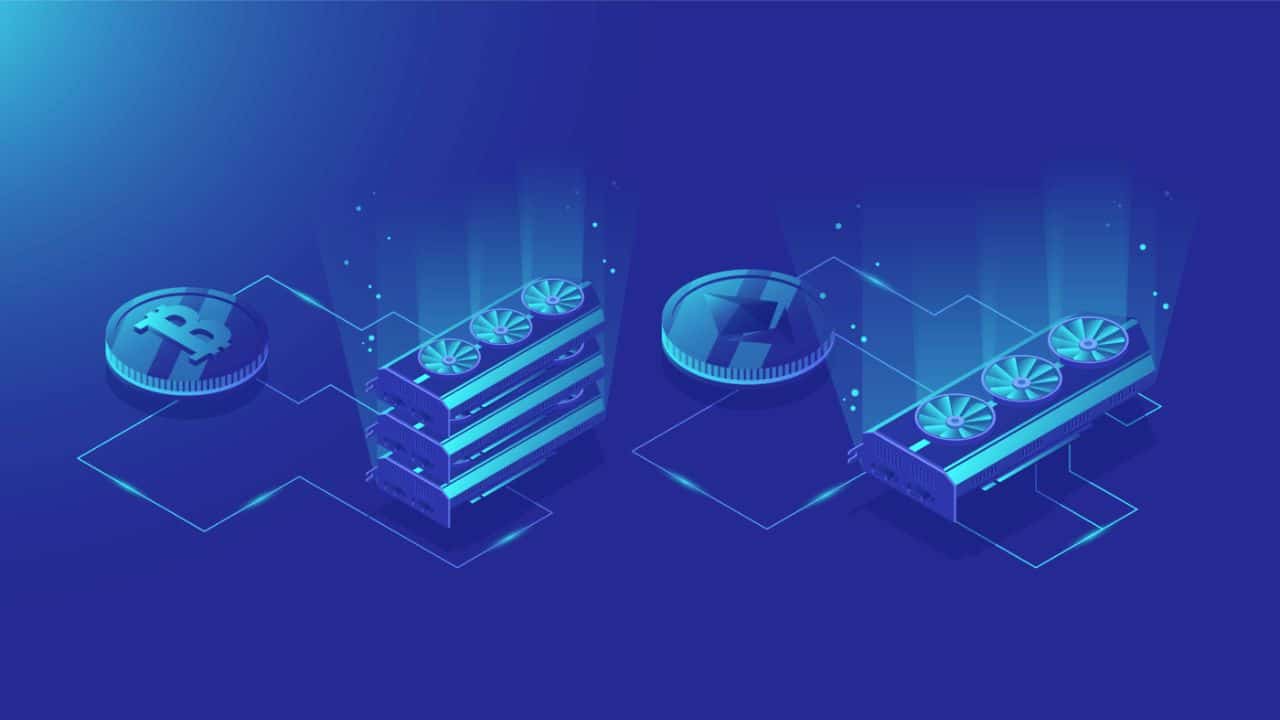Decentralized Finance (DeFi) is an umbrella term for various blockchain-based applications and services to replace the current centralized financial system.
Stablecoins bridge DeFi and centralized finance as “real” assets back them. Smart contracts, decentralized applications (dApps), and blockchain technology support the system. Protocols and services allow users to interact with the DeFi ecosystem. There are a variety of asset monitoring options available for DeFi tracking. Using a DeFi dashboard, for instance, one can manage and monitor assets, investments, and financial plans, resulting in greater transparency.
The lack of intermediaries and distributed control of the system offers numerous advantages over conventional solutions.
Benefits of DeFi development
The DeFi movement is expected to provide numerous benefits to customers and investors, such as eliminating intermediaries and centralized oversight, democratizing financial markets for retail investors, and creating new investment opportunities. DeFi developers rely on the fundamental characteristics of blockchain technology to achieve their lofty goals.
Permissionless
The term “decentralized finance” already indicates the characteristic that the DeFi movement considers to be its defining feature. That is hardly surprising. Decentralization is central to blockchain’s value proposition. The goal is to reduce reliance on corporations and other institutions for monitoring, server space, data storage, etc. All members of a blockchain network share the same transaction history.
The decentralized approach can contribute to the democratization of banking and finance by making financial services accessible to all.
Ethereum, the second-most popular blockchain protocol after Bitcoin, powers most DeFi applications. As a permissionless (public) blockchain, Ethereum is highly decentralized and open to anyone interested in creating or utilizing a DeFi application. In addition, the blockchain’s permissionless nature and interoperability enable many integrations with third parties.
These characteristics are not unique to Ethereum, as must be noted. Ethereum’s position as the leading DeFi smart contract development network has made it the platform of choice for developing DeFi applications and other decentralized applications (dApps).
Transparency
Over ninety percent of DeFi communications are transmitted through the Ethereum blockchain, where other participants broadcast and validate each event. Any individual has access to network activities due to this level of transaction data transparency.
DeFi is exceptionally clear. By examining the rules, transactions, and other meta information, observers can interpret the data. This is a significant advantage compared to the old monetary system, in which the majority of data is dispersed across numerous proprietary databases and frequently unavailable or incapable of being examined in a meaningful manner.
Also read – Top 10 Use Cases of DeFi Smart Contract Development in 2023
Immutability
Employing cryptography and consensus algorithms, such as proof-of-work, ingeniously, blockchain technology achieves true immutability. This ensures that it is nearly impossible to manipulate blockchain-stored records. Combined with the features we’ve already discussed, this creates a level of security that is difficult to achieve with conventional methods.
Applications aim to create user-friendly interfaces to ensure a seamless user experience while bringing the inherent benefits of blockchain to the financial industry. In addition, using smart contracts, such as dApps, protects malicious actors and fraudulent transactions.
The vast majority of DeFi protocols are open-source.
The source code used to create Ethereum and other projects is accessible and modifiable by anyone. Without approval, developers can rapidly integrate various DeFi apps built on open-source technology to develop new financial products and services. The code is accessible to all network users, allowing anyone to examine it and verify its security features. As their digital signatures allow for identification, the network’s visibility does not compromise the privacy of any user. Open-source programming ensures the dependability of it.
Error-free and manageable
The Ethereum blockchain enables DeFi to be accessible, secure, and community-governed. The DeFi solutions have now flawlessly processed billions of transactions, and the number is growing daily. No one can stop payments on your behalf, hold funds, or close your accounts. DeFi manages your expenses and grants you total financial flexibility and command. Because DeFi is algorithm-based and relies on something other than an individual’s authority, human error is virtually impossible. On DeFi networks, every second of activity can be observed, evaluated, and verified.
Conclusion
Even if DeFi were completely risk- and error-free, it would not be liable for your errors. It transfers intermediary responsibility to end customers. In the DeFi industry, it is crucial to develop solutions to prevent human errors and mistakes, as there is no liability for accidental monetary loss. Many people are not accustomed to being responsible in this manner, which can result in financial loss or falling victim to scams. Numerous responsibilities accompany liberty. DeFi is a new, unproven technology with multiple flaws, particularly regarding security. Proponents and supporters of decentralized finance are confident that these problems will be resolved.

















Leave a Reply